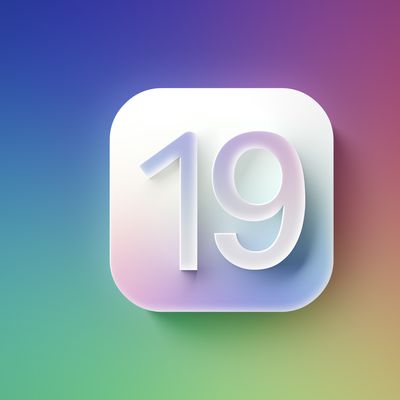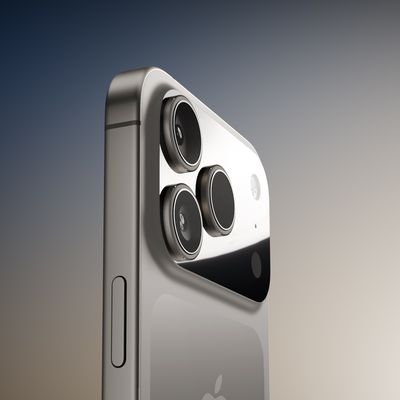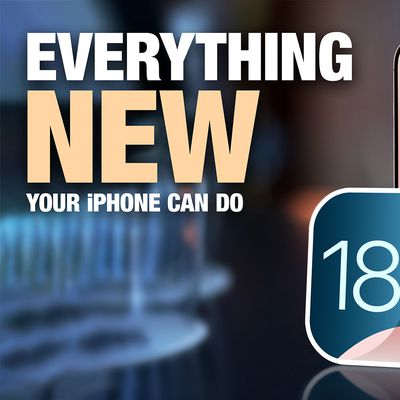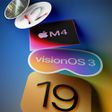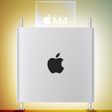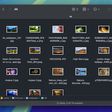An Intel executive appears to have unintentionally leaked details of Thunderbolt 5, the next-generation hardware interface protocol that is yet to have been officially announced by Intel.

The details appeared Sunday in a tweeted photo, since deleted, by EVP and GM of Intel's Client Computing Group, Gregory Bryant, who was documenting his visit to Intel's R&D labs in Israel.
As outlined by AnandTech, the photo from a Thunderbolt-related tour revealed a poster on a lab wall with the words "80G PHY Technology," suggesting TB5 connectivity will support up to 80 Gb/s throughput, or double the bandwidth of existing Thunderbolt 4 and USB 4 connections.
The poster also includes the sentence "USB 80G is targeted to support the existing USB-C ecosystem," implying that Intel intends to run the extra bandwidth through the same USB-C interface connector.
A more technical reference in the poster appears to refer to a new PAM-3 (Pulse Amplitude Modulation) implementation that would make use of a 3-bit data signal, allowing TB5 to achieve a higher bandwidth than that allowed in the more standard non-return-to-zero (NRZ) and PAM-4 implementations seen in existing connectivity protocols.
Intel launched Thunderbolt 4 last year and several TB4 accessories have been available for some time, but Apple's latest Macs and iPad Pro models still only support Thunderbolt 3. However, while TB4 offers more power and utility and is backwards compatible, it doesn't deliver any bandwidth increase over the maximum 40 Gb/s of Thunderbolt 3, so the step up to Thunderbolt 5 with its doubled maximum throughput could be significant.
The practical upshot of these innovations could mean, for example, TB5 supporting higher refresh rates for 4K and 8K monitors while providing backward compatibility with older Thunderbolt and USB connections.
Whether Intel Thunderbolt 5 will be officially launched – and supported by future Apple devices – is unclear at this time, but the unintentional leak at least provides a peak into where Intel might take the interface protocol in the future.




